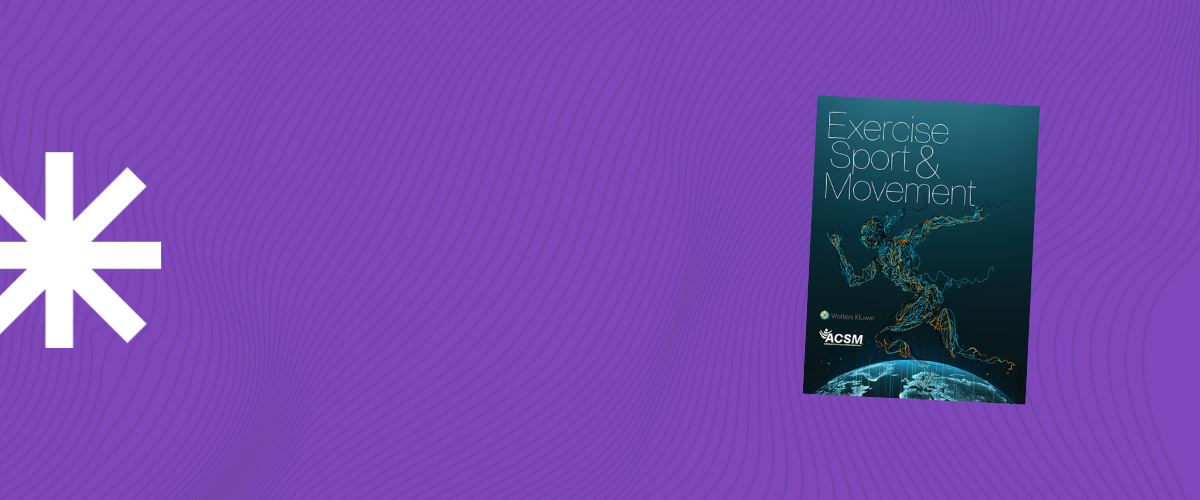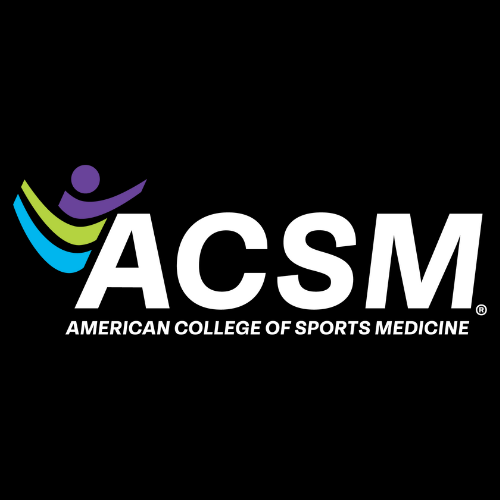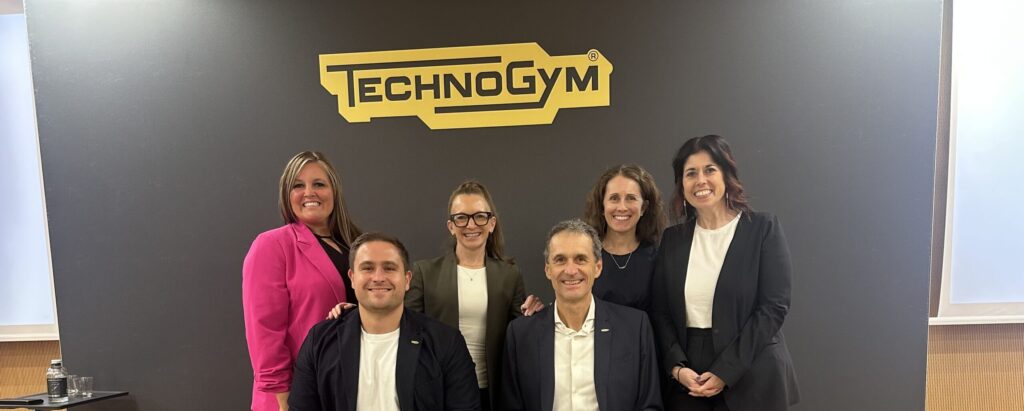Open access (OA) publishing has significantly transformed the landscape of scientific research, providing exciting opportunities for greater accessibility, collaboration, and public engagement. At Exercise, Sport, and Movement (ESM), an ACSM journal, we are exploring these opportunities while confronting the challenges inherent in OA publishing.
Why Open Access Matters
OA publishing has become a cornerstone of scientific communication, offering benefits that extend far beyond the academic community. By removing access paywalls, OA ensures that research is freely accessible to anyone with an internet connection—scientists, practitioners, policymakers, educators, and the public. This wide dissemination allows research to reach audiences in resource-limited regions and beyond traditional academic spheres. For example, researchers in developing countries can access studies that would otherwise be restricted due to paywalls, and interdisciplinary professionals can engage with findings that foster innovation and collaboration.
OA aligns with the mandates of funding organizations that increasingly require research to be freely available. For example, the Gates Foundation’s Open Access Policy mandates that all funded research be freely accessible to the public. OA journals support authors in meeting these requirements while maintaining standards of peer review. OA also ensures that publicly funded research remains accessible to the taxpayers who supported it, enhancing its societal value.
Unlike traditional publishing models, OA enables authors to retain copyright of their work, allowing researchers to control how their findings are shared and reused. ESM supports this model with flexible licensing options, including CC BY (allowing broad reuse with attribution) and CC BY-NC-ND (permitting reuse with restrictions on commercial use and derivatives). By adopting these licenses, ESM ensures that authors retain their rights while making their research available to a global audience.
Challenges in Open Access: Opportunities for Improvement
While OA publishing offers numerous advantages, it also presents challenges that the scientific community must address to ensure equity and quality. A significant issue lies in the inequities created by article processing charges (APCs), which are often required to fund OA journals. These fees can be prohibitive for researchers without institutional or grant support, disproportionately affecting those from underfunded institutions, scientists in developing countries, early-career researchers, and students. Such financial disparities risk perpetuating a system where access to publication depends on financial resources.
Another challenge involves uncertainties surrounding funder mandates. Researchers often navigate varied and ever-changing requirements from funding organizations, which can create challenges in understanding how to meet expectations. Recent policy changes, such as the Gates Foundation’s decision to discontinue funding for OA publication fees, have further increased the financial pressures faced by researchers and institutions.
Finally, the rapid growth of OA publishing has raised concerns about quality and credibility. While many OA journals uphold rigorous peer review and editorial standards, the rise of predatory journals—publications that charge fees without proper peer review or quality oversight—threatens to undermine trust in OA.
ESM’s Approach to Advancing Open Access and Addressing Challenges
At ESM, we are committed to addressing the challenges of OA while maximizing its benefits for researchers worldwide. To improve affordability, ESM offers discounted APCs to ACSM members (20% discount) and researchers in developing countries (50% or 100% discounts) and is exploring discounts for student-led research. Maintaining a lower APC compared to some competing journals reflects efforts to support researchers with limited funding.
ESM has adopted innovative publishing formats aimed at enhancing transparency and methodological rigor. As the only ACSM journal featuring graphical reviews and registered reports, ESM sets a leading example. Graphical reviews offer concise visual summaries to enhance understanding, while registered reports focus on methodology over results, addressing publication bias and encouraging reproducibility.
Finally, ESM is committed to supporting high-quality, inclusive publishing through a rigorous editorial process. Aligned with ACSM’s long-standing reputation for scientific excellence, ESM ensures every submission undergoes a thorough peer review process, led by our team of associate editors, supported by our editorial board and expert ad hoc reviewers. This approach seamlessly integrates the benefits of OA publishing with the editorial standards that researchers expect.
Toward a Sustainable Future for Open Access
OA is more than a publishing model—it represents a commitment to fostering inclusivity, transparency, and equity in scientific research. While OA offers significant benefits, challenges remain in creating a system that is fully accessible and sustainable for all. OA publishing has the potential to balance affordability, accessibility, and rigorous editorial standards, contributing to a more equitable research ecosystem. However, the evolution of a truly inclusive and sustainable OA system requires collective action. Funders, publishers, institutions, and researchers all have a role to play in building solutions that ensure the benefits of open science are widely shared. With continued collaboration, the promise of OA can be realized, fostering discovery, innovation, and impact across the global scientific community.




